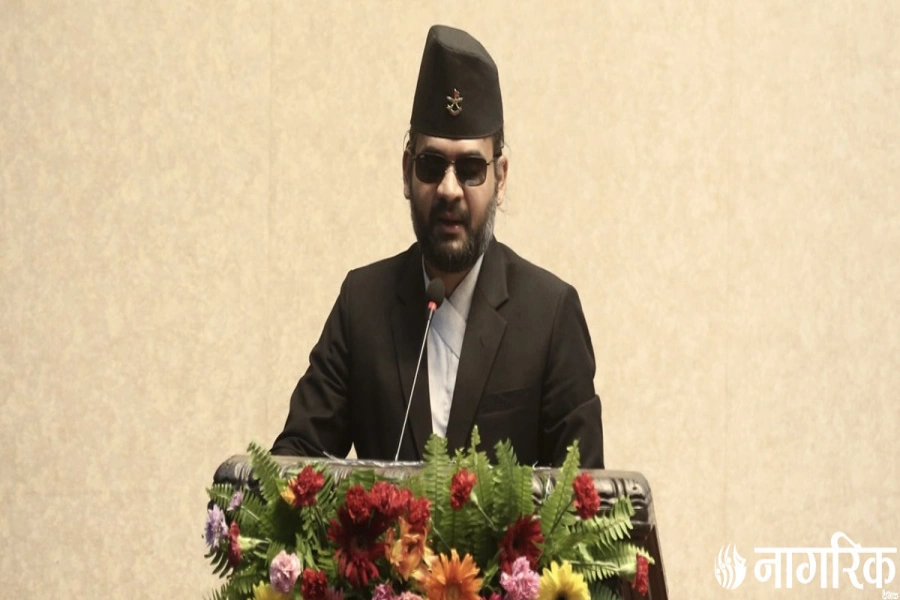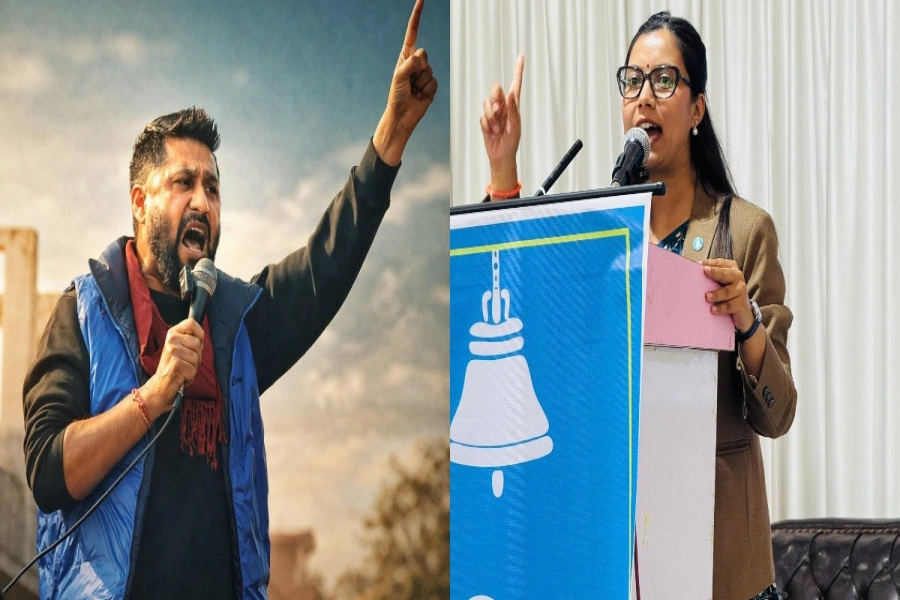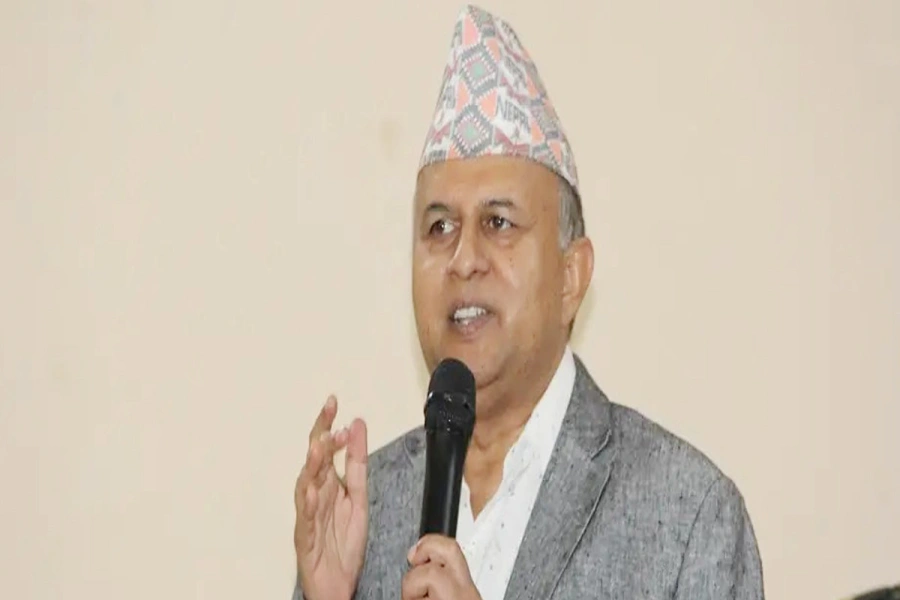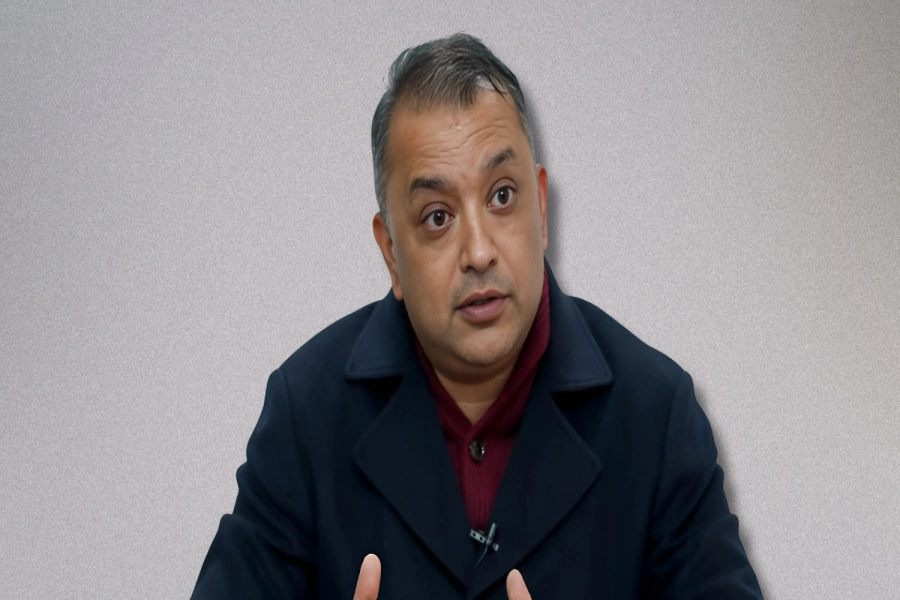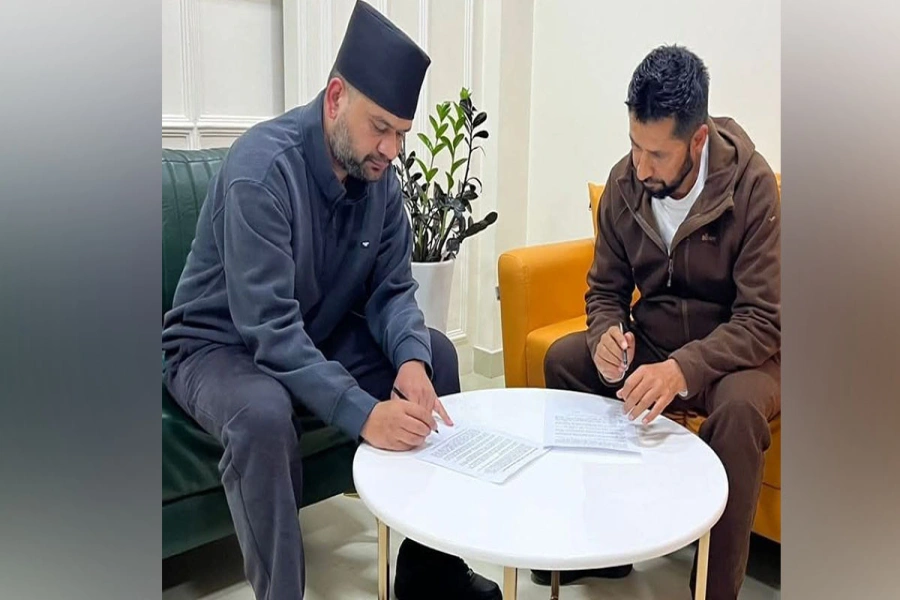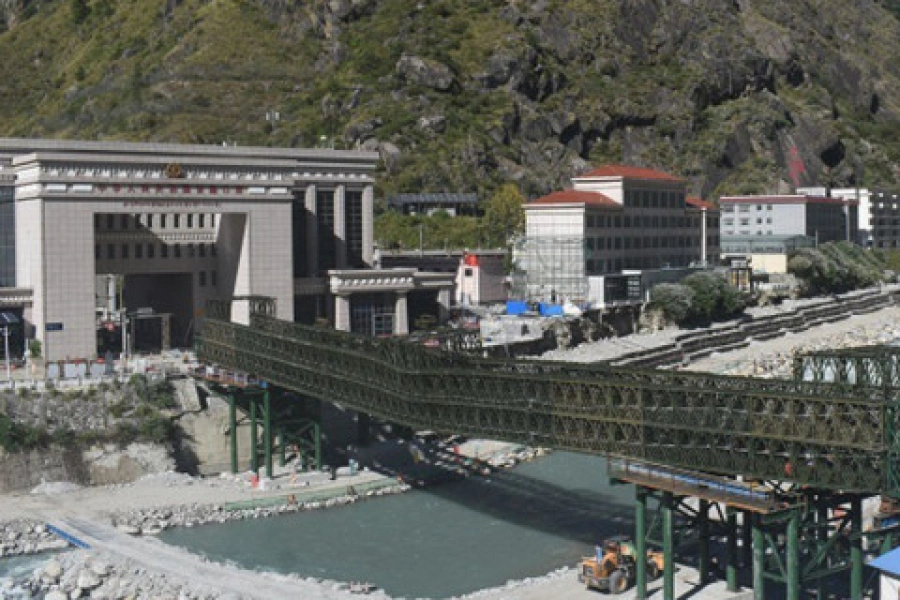Despite poor performance of VAT in some functional areas such as filing and refund, VAT has been performing very well in Nepal in terms of revenue collection.
Value-added tax (VAT) is perhaps the biggest innovation in the field of public finance in the last century. Although the concept of VAT was first introduced in Germany in 1918, France became the first country to adopt the system in 1954. Since then, around 180 countries, regardless of their size, level of development, income status and geographic conditions, have introduced VAT. All members of the South Asian Association for Regional Cooperation (SAARC) have introduced VAT except for Bhutan, which has made preparations to introduce VAT by the name of goods and services tax. Nepal introduced VAT in 1997, and since then it has emerged as the mainstay of government revenue.
Initial discussion on VAT in Nepal
Initial discussion on VAT in Nepal began in the late 1980s. I examined the possibility of and need to introduce VAT in 1988/89, when I prepared a report entitled “VAT in Asia and Pacific Region” at the International Bureau of Fiscal Documentation, Amsterdam. This report, in addition to reviewing the principles and evolution of VAT around the world and the structure and operation of VAT adopted by various countries of the Asia and Pacific Region, assessed the need to and possibility of introducing VAT in Nepal. The main conclusion of the report was that the tax be introduced to rationalize the commodity taxation system of Nepal only after a thorough preparation.
I had further examined the possibility of introduction of VAT in Nepal in my study “Nepalese Taxation: A Path for Reform” which was carried out at the Marburg University Germany in 1992/93 and published by the Marburg Consult in Germany in 1994. In this study, I had recommended VAT as a long-term tax for Nepal.
Official discussion on VAT in Nepal
VAT has not been imposed on locally produced potatoes, onions a...

Official discussion on VAT in Nepal began in the early 1990s, after the restoration of the multi-party political system in 1990. The newly-elected majority government of Nepali Congress created a Task Force on Economic Policy Reform at the National Planning Commission to design a comprehensive economic reform program, including fiscal reform. I was responsible for developing a reform package regarding revenue. The task force, among other things, recommended that VAT be introduced at least by the last year of the eighth plan (1992/93 – 1996/97) and proposed a tentative schedule for the introduction of VAT as follows: (i) designing the framework of the VAT system in 1992/93, (ii) drafting the VAT law, preparing book-keeping, assessment and collection procedures and preparing VAT operating manual in 1993/94, (iii) public education, staff training, registration of vendors from 1994/95 to 1995/96, and (iv) introduction of VAT in 1996/97.
The eighth five-year plan adopted a policy to integrate the prevailing commodity taxes under VAT within the period of the plan period to bring about sustainability in domestic revenue mobilization. In the budget speech of the fiscal year 1993/94 and the speeches thereafter, the intention to introduce VAT was declared.
Preparations made to introduce VAT
The preparations for the introduction of VAT commenced in September 1993. A very generous technical assistance for the preparatory work to introduce VAT was provided by the United States Agency for International Development (USAID). The preparatory work was suspended for some time after the formation of the minority government of UML after the midterm election conducted in 1994. The new government formed a Tax System Review Task Force and declared that tax reform activities will be carried out based on the recommendations of the task force. As in the case of the previous task force (Taskforce on Economic Policy Reform), I was responsible to deal with the commodity taxation, including VAT under the Tax System Review Task Force. This task force, among other things, examined various aspects of VAT and recommended various measures in order to make necessary preparations to introduce VAT in Nepal.
Then the VAT preparatory work began with the preparation of a draft VAT Act. Once it was ready, a nationwide public consultation process was initiated in order to invite comments and suggestions on the draft of the VAT law. The draft law was revised on the basis of the inputs received during the public consultation process. It was fine-tuned during about two dozen discussions with the chairman of the Law Reform Commission.
The VAT Bill was then presented at parliament on 3 December 1995. It was referred to the Finance Committee of parliament which held discussions on it on 24, 25 and 26 December 1995. The Finance Committee sent the Bill to parliament on 27 December 1995. The Lower House of Parliament passed the VAT Bill on 30 December 1995 and the Upper House of Parliament on 4 January 1996. The Royal Seal on the VAT Act was affixed on 20 March 1996. The VAT regulations were initially drafted in July 1996. Like the VAT Act, the regulations were discussed at different stages and finally approved by the Cabinet on 27 January 1997. On the basis of the VAT Act and regulations, a nine-volume operating manual was prepared.
As VAT was a new concept in Nepal, a comprehensive taxpayer education and awareness program was launched in the form of discussion programs, preparation and distribution of numerous brochures, pamphlets, and posters, television and radio programs, publication of newspaper articles etc to impart knowledge regarding the various aspects of VAT to parliamentarians, industrialists, businessmen, journalists, consumers as well as various other sections of society.
Similarly, several efforts were made to make the tax administration capable and effective. The former Sales Tax and Excise Tax Department was converted into VAT Department on July 16, 1996 and was made responsible for the administration of VAT. A new organizational structure and personnel system was adopted for VAT. The new organizational structure was based on a functional line and was personnel system officer oriented. The VAT administration was computerized to make it efficient, effective and transparent.
Numerous training programs were conducted not only for the VAT officials but also for the officials of Tax and Customs Departments, the Revenue Administration Training Center, Ministry of Finance, Department of Revenue Investigation, Office of the Auditor General, Comptroller General Office, and Commission for the Investigation of Abuse of Authority. In addition to domestic training, numerous foreign training and study tours on VAT were also organized for the officials working in the VAT administration to many countries, including the Netherlands, Indonesia, Singapore, Thailand, Korea, New Zealand, Australia and Denmark.
VAT implementation
VAT was introduced on 16 November 1997. The number of registered taxpayers under the erstwhile sales tax was 2,045 at the time of the introduction of VAT while a total of 4,959 taxpayers were registered under the VAT by mid-July 1998. This number reached 21,758 by mid-July 2001. A total of about three hundred thousand taxpayers are now registered under VAT.
VAT-registered taxpayers are required to file their returns every month. These returns may be debit return (showing tax liability to pay to the government), credit return (showing tax to be claimed from the government) and zero returns (showing no taxable transactions). As a rule, most of the returns should be debit returns as businesses are carried out to earn profits, where total sales should be higher than the total purchases, a situation showing tax to be paid by a taxpayer to the tax administration. However, in practice, the number of debit returns is very low and the number of credit returns and zero-returns is excessively high. On the other hand, a significant portion of the taxpayers do not file returns on time. Similarly, while VAT refund is an important element of a VAT system, the amount of VAT refund made by the government to the taxpayers is still very low by international standards.
Conclusion
Despite poor performance of VAT in some functional areas such as filing and refund, VAT has been performing very well in Nepal in terms of revenue collection. While VAT generated a total of about Rs 7.12 billion in revenue in the first year of its introduction (i.e.1997/98), it generated Rs 327.26 billion in revenue in 2021/22 and is expected to generate Rs 400 billion in 2022/23. On average, VAT revenue grew by a 17.8 percent simple annual growth rate from 1997/98 to 2021/22, which is very good by the international standards. VAT currently generates about one third of the total tax revenue and around seven percent of the GDP, which is also much higher not only compared to other SAARC member countries but also many developing countries.It is to be noted that due to large exemptions and poor administration, more than half of the potential base of VAT is still outside the VAT net. There is a potential to generate an additional Rs 200 billion VAT revenue through the rationalization of exemptions and strengthening the administration of VAT, which can help to carry out more social security programs and develop infrastructure needed for the overall development of Nepal.






